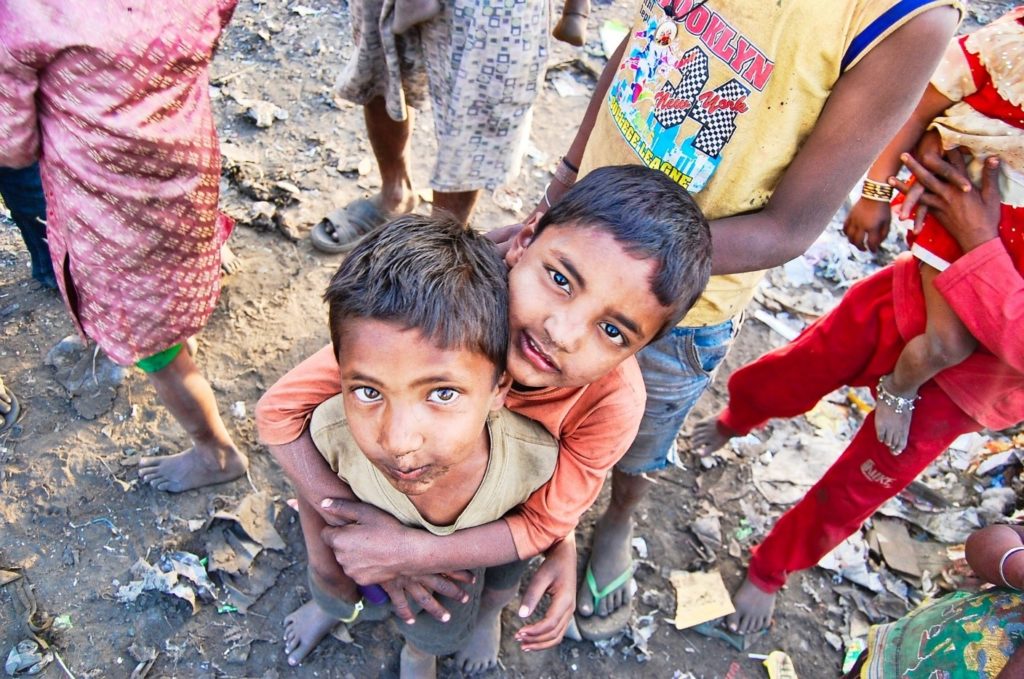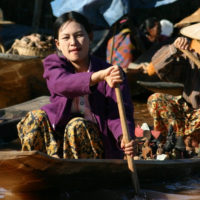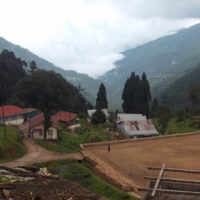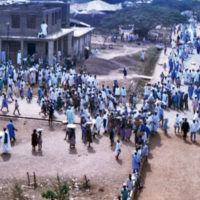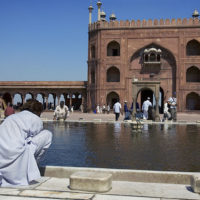Poverty.
You know it when you see it – but, can you define it?
A World Perspective
Dictionary.com defines poverty as “the state or condition of having little or no money, goods, or means of support; the condition of being poor.” It defines “poor” as “having little or no money, goods, or other means of support.”
Poverty means not having enough money. Right?
According to the World Bank, if you’re living on $1.90 a day or less, you’re living in extreme poverty. More than 750 million people fall into this category. But you can make more than $1.90 a day and still be poor. The World Bank has drawn two other poverty lines.
- If you live in a lower-middle-income country, like Egypt, India, and the Philippines, and make less than $3.20 a day you are considered relatively poor.
- If you live in an upper-middle-income country, like Brazil, Jamaica, and South Africa, and make less than $5.50 a day you are considered relatively poor.
Pause for a moment to reflect that eliminating extreme poverty is one of the original United Nations’ Sustainable Goals for 2030. Not all poverty, but extreme poverty. We will still have a long way to go.
A Poor Person’s Perspective
For people living in poverty, their experience is not so one-dimensional.
Several humanitarian organizations have begun framing poverty from the multidimensional perspective of the poor.
The Governance and Social Development Resource Centre, in particular, insists that
Poverty is not just the absence of income, money and/or money-like resources required to meet needs. It is also the multiple consequences of this absence that are simultaneously experienced by people in poverty. Some of these consequences – the non-monetary dimensions of poverty – serve to prolong poverty and can become causes of its perpetuation.
This definition of multidimensional poverty embraces a diverse range of characteristics such as limited financial resources, material deprivation, social isolation, exclusion and powerlessness, and physical and psychological ill-being.
The UN and many NGOs agree that they must take a holistic approach to effectively end poverty in all its forms and dimensions. Those dimensions primarily include Health, Education, and Standard of Living.
Health – Includes nutrition and child mortality rates.
Education – Includes school attendance and years of schooling completed.
Standard of Living – includes improved access to drinking water, sanitation, electricity, housing, and possession of assets.
The UN has created a Human Development Index, the result of a complex calculation of the multiple dimensions of poverty that must be overcome. Not unexpectedly, the greatest measurable amount of poverty continues to exist in South Asia and Sub-Saharan Africa.
Knowing that poverty exists is one thing. Knowing the extent to which it exists is another. There are several ways to view the data but here we will simply look at the ranking of the South Asian countries where, according to Gospel for Asia, the need is greater than most can imagine.
Out of 189 countries, South Asian nations ranked as follows (the higher the number, the lower the rank, i.e., the greater the need).
| Country | Rank |
| Afghanistan | 168 |
| Bangladesh | 136 |
| Bhutan | 134 |
| India | 130 |
| Maldives | 101 |
| Myanmar | 148 |
| Nepal | 149 |
| Pakistan | 150 |
| Sri Lanka | 76 |
With a median rank of 94.5, only Sri Lanka is in the top 50 percent. All of the remaining countries (except the Maldives) rank in the bottom third of South Asian nations where the burden of poverty remains the greatest on a multi-dimensional level.
There is a lot of work to be done. If you want to learn more about what poverty really means in South Asia, read “Discussing the Curse of Generational Poverty” and the three-part series “Poverty Line Problems of the Impoverished.”
To read more news on Poverty on Missions Box, go here.
Sources:
- Multidimensional Poverty Peer Network, What is Multidimensional Poverty?
- United Nations Development Programme, The 2018 Global Multidimensional Poverty Index (MPI)
- United Nations Development Programme, 2018 Statistical Update
- GSRDC, Multidimensional poverty
- Live Mint, India’s progress against multidimensional poverty
- NPR, What’s the Meaning Of the World Bank’s New Poverty Lines?
For more information about this, click here.

